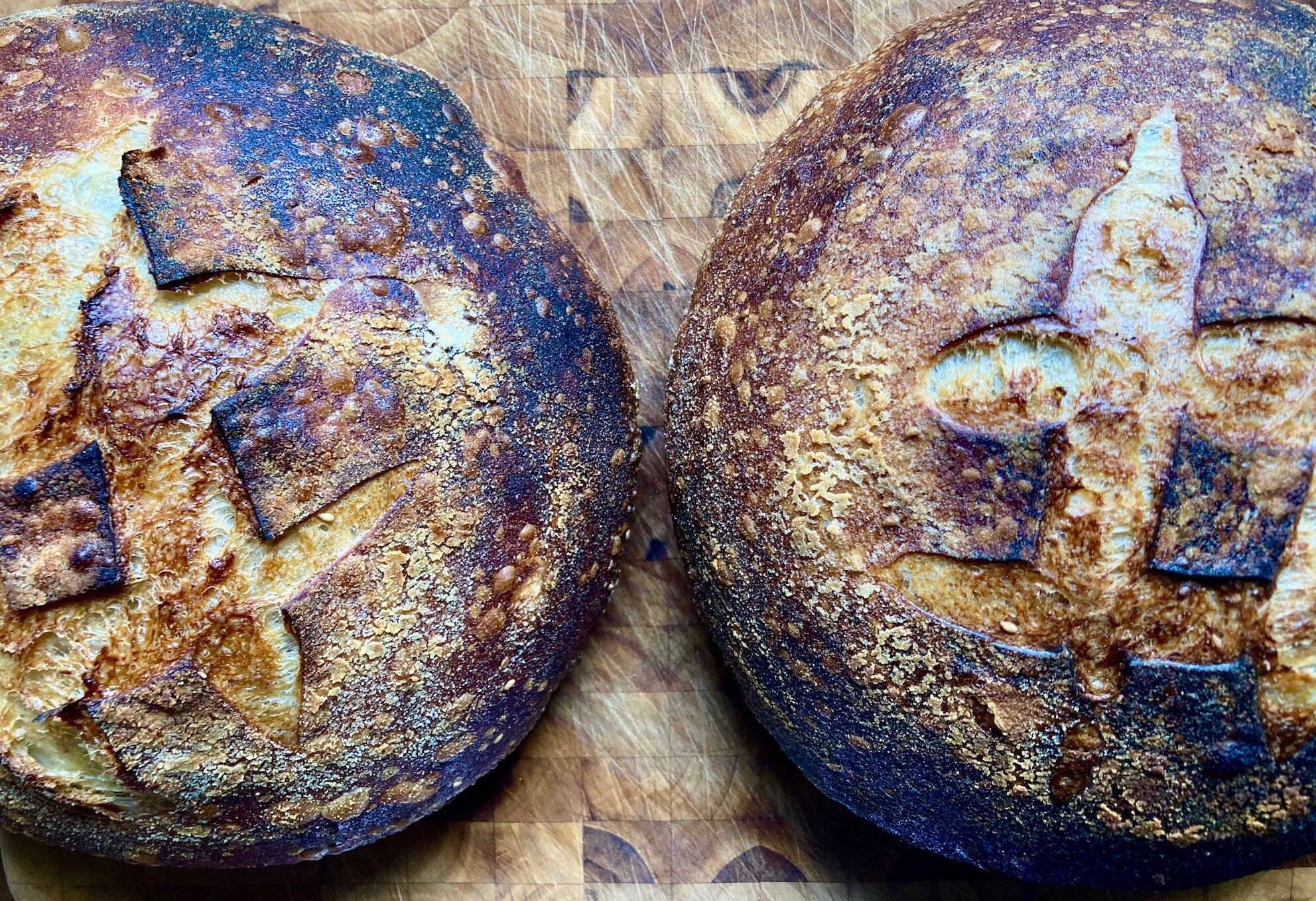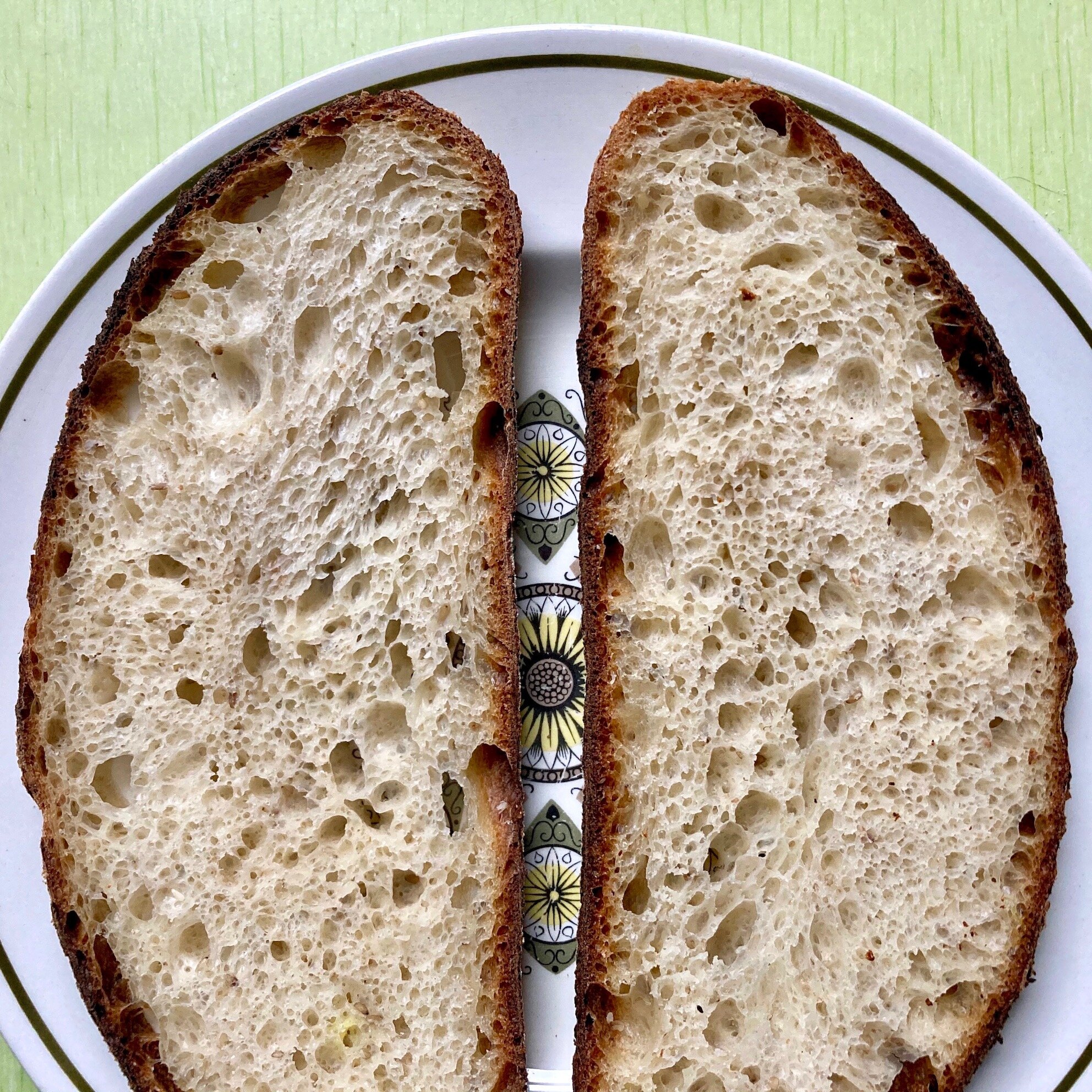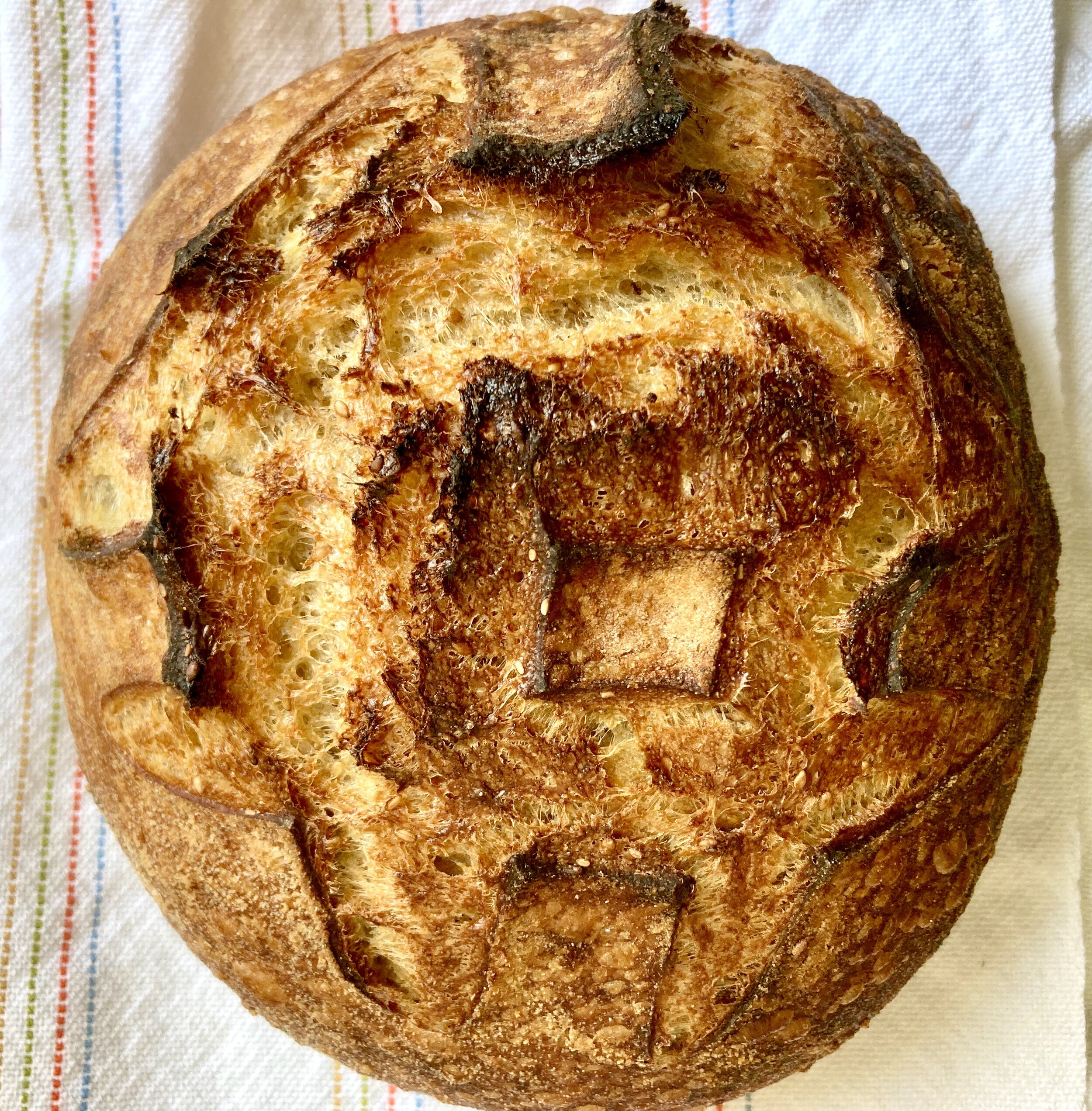“Good Bread,” an article that appeared in the April 13, 2020 issue of The New Yorker, is one in a slew of recent culinary dispatches from Bill Buford, the author of the best-selling Heat: An Amateur's Adventures as Kitchen Slave, Line Cook, Pasta-Maker, and Apprentice to a Dante-Quoting Butcher in Tuscany (2007), and in many ways, it’s an extension of that earlier project. In fact, I didn’t realize it at the time, but it turned out to be a teaser for his follow-up to Heat, another culinary Bildungsroman of sorts with a similarly questing title: Dirt: Adventures in Lyon as a Chef in Training, Father, and Sleuth Looking for the Secret of French Cooking.
The action takes place in the years immediately following the publication of Heat. Buford is no longer working the line for Mario Batali in New York City’s high-intensity fine dining scene. He’s no longer apprenticing with Dario Cecchini in the idyllic hills of Tuscany. As his title suggests, he and his family have moved to Lyon, and Buford has decided to study la grande cuisine—and to become “French-trained”—in the city many consider to be the very heart of French gastronomy. He’s hoping to learn in an actual restaurant—a leading one—but no restaurant is interested in taking him on. (His lack of French doesn’t help.) He eventually decides to go to cooking school in Lyon, but between his arrival and his enrolment at l’Institut Bocuse, Buford takes on a fateful apprenticeship with a mad genius baker named Bob, the central subject of “Good Bread.”
Buford’s article turns out to be rather poignant, it contains more than its fair share of narrative twists and turns (don’t worry—no spoilers here!—or, at least, not too many), and, not surprisingly, it has quite a lot to say about what makes “good bread”—and boulangerie baking, more generally—good.
What are the ingredients that make good bread good? Well, it has to do with a fanatical dedication to baking, at the expense of regular hours, sleep, and one’s appearance (after describing Bob’s physique as a cross between Fred Flinstone and Jackie Gleason, Buford observes the following: “HIs hair was brownish and shaggy and usually matted with flour. There was flour in his beard and on his clogs, his sweater, and his trousers... Bathing was not a priority.”).
It has to do with proper (ideally, historic) boulangerie spaces and with well-seasoned ovens (Jacques, Bob’s brother, is the one who first discovered the space for rent, and when he found a wood-burning oven marked “1802” on the premises, he summoned his brother and father. All it took was one look from the outside for Bob’s father to declare, “Yes, this is a good boulangerie.”).
It has to do with natural yeasts (“I knew enough about yeasts to know that, here, they were everywhere,” Buford writes), a sensitivity to temperature, and patience—a willingness to not rush things, to not try to speed up the process artificially, but instead to allow those yeasts the time to work their magic.
And of course, it has to do with technique, too. Bob, we’re told, has remarkable touch when he works, forms, and slashes his loaves.
But it’s also about flour. In his quest to discover Bob’s secret, the source of what makes his bread so superlative, Buford grills the master baker on one occasion. Yeasts? First rise? Final resting? Yes, it has to do with all of those things, Bob tells him, “These are the ABCs.” But then he brings up something Buford hadn’t considered: “Good bread comes from good flour. It’s the flour.” And in Bob’s case, his preference was for artisanal flour, made from locally raised wheat, milled in the traditional manner, from the Auvergne region to the west of Lyon.
While Buford’s article is certainly evocative, and there’s plenty there to inspire those of us who take our bread seriously, his conclusions on what makes good bread good might be disheartening to the amateur baker. You might be quite capable of developing the patience, the attention to detail (including the vagaries of temperature and humidity), and even the basic technique necessary to become a decent baker. You might even be entirely prepared to embrace the fanaticism of bread baking, at the expense of general cleanliness, healthy sleep habits, and even your personal grooming and hygiene (Bob-style!)—plenty of non-professionals have! But what if you don’t have the ideal baking space? Or the right oven? Or flour milled in the traditional manner from small-production, heirloom wheat? Will you ever be able to create “good bread” at home?
The final section of “Good Bread” involves Buford paying a pilgrimage to the region of Auvergne that produced Bob’s very favourite flour. There he visits a miller, Philippe Degrange, whose family has been milling locally grown, small-farm-raised wheat (“nothing over forty hectares”) since the early 18th century. Degrange’s flour—his entire operation—is a true product of the terroir, we’re told, and the notion of terroir that’s presented to us is environmental, but it’s also a matter of history and tradition. Through his flour, “le goût et les valeurs sont trasmis”—both taste and values are passed on, according to Degrange. In other words, the flavours one tastes when Degrange’s flour is turned into bread by an expert auvergnois bakery like Boulangerie Vincent are a complex affair because terroir (one sense of the “dirt” in Buford’s title) is a complex affair.
Buford is gifted a 10-kilo bag of flour by Degrange before he leaves Auvergne and returns home to New York. When he and his family finish the boule he brought back from Boulangerie Vincent, he begins to bake again in honour of Bob and Degrange using his auvergnois flour. While his bread is not quite to the standards of Boulangerie Vincent, the loaves he bakes are exceptional: “[they] had fruit and complexity and a feeling of nutritiousness.” But when Degrange’s flour runs out, he quits. He stops baking bread. What’s the point?, Buford is suggesting. After all, as Degrange once told him—echoing Bob—“It’s all about the flour.”
—————
The good news is that while there’s no question that flour matters, when it comes to baking good bread, it’s not “all about the flour.” It couldn’t possibly be. Imagine great flour used by a terrible baker, or just a terribly distracted one. The flour wouldn’t matter. In fact, the end result might actually be worse than if it had been made with conventional flour. It would be an abomination.
Yes, flour matters. And, yes, there’s a lot to be said for small farming practices, and the cultivation of heirloom varietals, and the importance of healthy land, and tradition. But what if the flour that resulted from this process sat on a shelf for months and even years? Would it still have its goût? Would it still have any life in it at all? In other words, there’s more to flour than just its provenance.
Serious bakers have always been concerned not only with the quality of their flour, but also with its freshness. And it’s become clear to many bakers—myself included—that the freshness of one’s flour—how recently it was milled—might actually be of much greater significance than was previously realized, affecting not only the taste of the bread produced, but also its nutritional value and its digestibility. But, again, all of this would be beside the point if this exceptional, freshly milled flour was handled by a lousy baker. The results would be disastrous.
The reason a bakery like Vermont’s highly acclaimed Elmore Mountain Bread matters—and it does!—and the reason they’ve become pioneers of the the fresh-milled movement, is not because they are working with local producers, it’s not because they bake in a wood-fired oven, it’s not even because they only work with flour that’s been milled in the last 24 hours (!). Yes, all those factors matter a great deal, they’re all part of the reason their bread is so flavourful, and it would be hard to be a leading force in today’s “grainiac” community if you were actually using conventional, mass-produced flour (especially if it was stale, too). But the primary reason their bread is so good—the reason the public has taken notice—is because they know what to do with their carefully sourced, freshly milled flour. They are also expert at both making bread and baking bread. As a wise man once put it, “It don’t mean a thing, if it ain’t got that swing.”













